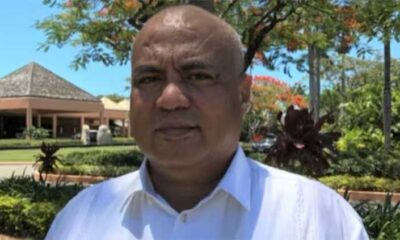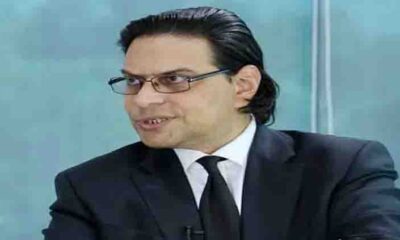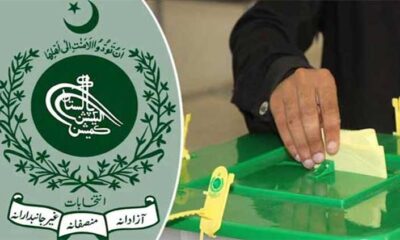Japanese startup ispace inc (9348.T) said its attempt to make the first private moon landing had failed after losing contact with its Hakuto-R Mission 1 (M1) lander, concluding it had most likely crashed on the lunar surface.
“We lost communication, so we have to assume that we could not complete the landing on the lunar surface,” founder and Chief Executive Takeshi Hakamada said on a company live stream.
It was the second setback for private space development in a week after SpaceX’s Starship rocket exploded spectacularly minutes after soaring off its launch pad.
A private firm has yet to succeed with a lunar landing. Only the United States, the former Soviet Union and China have soft-landed spacecraft on the moon, with attempts in recent years by India and a private Israeli company ending in failure.
Shares in ispace, which delivers payloads such as rovers to the moon and sells related data, were untraded Wednesday morning but indicated to fall by their daily limit. The stock made its debut on the Tokyo Stock Exchange just two weeks ago and had doubled in value since then.
Japan’s top government spokesperson Hirokazu Matsuno said that while the mission went unaccomplished, the country wants ispace to “keep trying” as its efforts were significant to the development of a domestic space industry.
Japan, which has set itself a goal of sending Japanese astronauts to the moon by the late 2020s, has had some recent setbacks. The national space agency last month had to destroy its new medium-lift H3 rocket upon reaching space after its second-stage engine failed to ignite. Its solid-fuel Epsilon rocket also failed after launch in October.
BRAKES ON A SKI SLOPE
Four months after launching from Cape Canaveral, Florida, on a SpaceX rocket, the M1 lander appeared set to autonomously touch down at about 12:40 p.m. Eastern time (1640 GMT Tuesday), with an animation based on live telemetry data showing it coming as close as 90 metres (295 feet) from the lunar surface.
By the expected touchdown time, mission control had lost contact with the lander and engineers appeared anxious over the live stream as they awaited signal confirmation of its fate which never came.
“Our engineers will continue to investigate the situation,” Hakamada said. “At this moment, what I can tell you is we are very proud of the fact that we have already achieved many things during this Mission 1.”
The lander completed eight out of 10 mission objectives in space that will provide valuable data for the next landing attempt in 2024, he added.
Roughly an hour before planned touchdown, the 2.3 metre-tall M1 began its landing phase, gradually tightening its orbit around the moon from 100 km (62 miles) above the surface to roughly 25 km, travelling at nearly 6,000 km/hour (3,700 mph).
At such velocity, slowing the lander to the correct speed against the moon’s gravitational pull is like squeezing the brakes of a bicycle right at the edge of a ski-jumping slope, Chief Technology Officer Ryo Ujiie has said.
The craft was aiming for a landing site at the edge of Mare Frigoris in the moon’s northern hemisphere where it would have deployed a two-wheeled, baseball-sized rover developed by the Japan Aerospace Exploration Agency, Tomy Co Ltd (7867.T) and Sony Group Corp (6758.T). It also planned to deploy a four-wheeled rover dubbed Rashid from the United Arab Emirates.
The lander was carrying an experimental solid-state battery made by Niterra Co Ltd (5334.T) among other devices to gauge their performance on the moon.
The mission was insured by Mitsui Sumitomo Insurance Co, an MS&AD Insurance Group (8725.T) unit, and ispace said it may receive some compensation.
Post Views: 144


 Sports3 months ago
Sports3 months ago
 Sports3 months ago
Sports3 months ago
 Fashion3 months ago
Fashion3 months ago
 World3 months ago
World3 months ago
 pakistan3 months ago
pakistan3 months ago
 pakistan3 months ago
pakistan3 months ago
 World3 months ago
World3 months ago
 Sports2 months ago
Sports2 months ago






















